How to grow prickly pears – expert advice for getting these native cacti to flower and fruit
Learn how to grow these resilient, tough plants with our comprehensive cacti guide
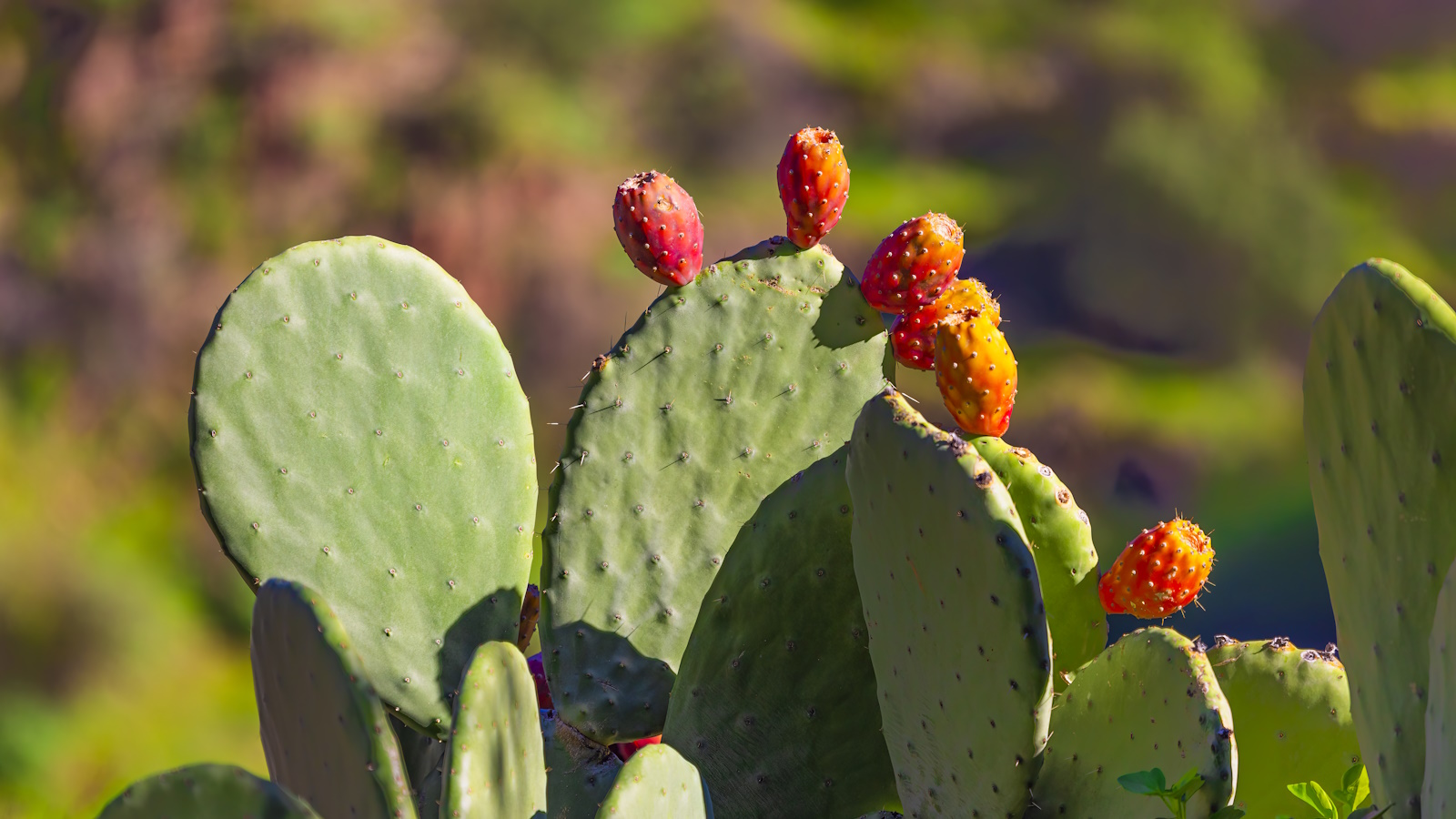

Beautiful and functional, prickly pears are resilient cacti that are perfect if you are looking for low-maintenance and drought-tolerant plants. You might think that these native succulents are better suited to wild, desert landscapes, yet prickly pears can make for useful evergreen plants, whether used in backyard borders or containers.
Prickly pears, classified as Opuntia, are well-suited to dry and arid yards. Found growing across much of the southwestern United States and Mexico, these tough cacti have adapted to thrive in challenging environments, requiring little care or attention. What's more, in the right conditions, they will flower and fruit, producing colorful blooms during spring and summer.
So, if you are considering landscaping with succulents and cacti or looking for some ground cover inspiration for your backyard, prickly pears should be a consideration. Here, one garden expert shares all you need to know to successfully grow these native cacti.
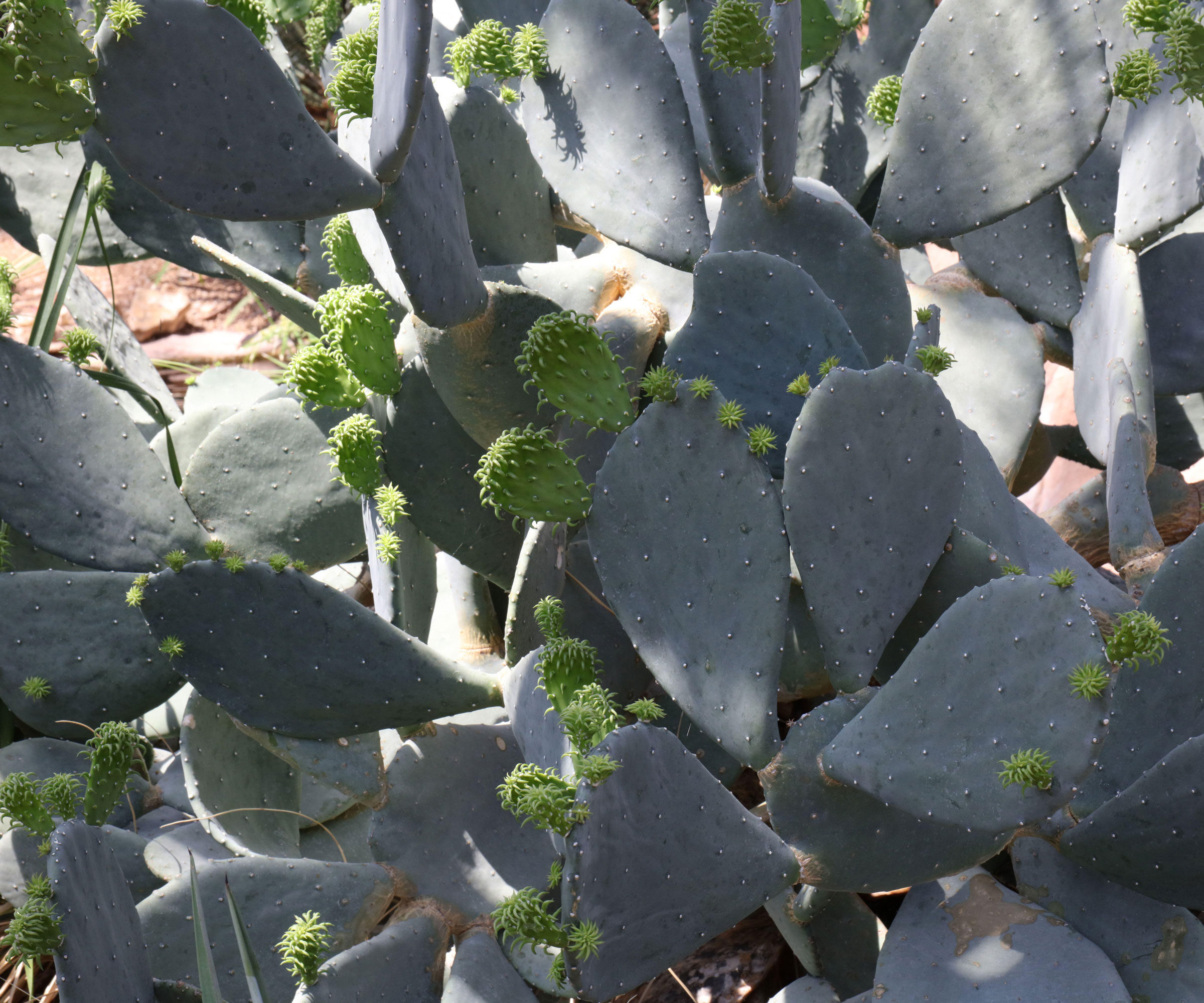
How to grow prickly pears
Often considered some of the best desert plants, prickly pears are remarkably resilient and versatile. Tolerating freezing winters and scorching summers, these cacti are a marvel of the natural world, growing up to 20 feet in the right conditions.
Things to consider when growing prickly pears
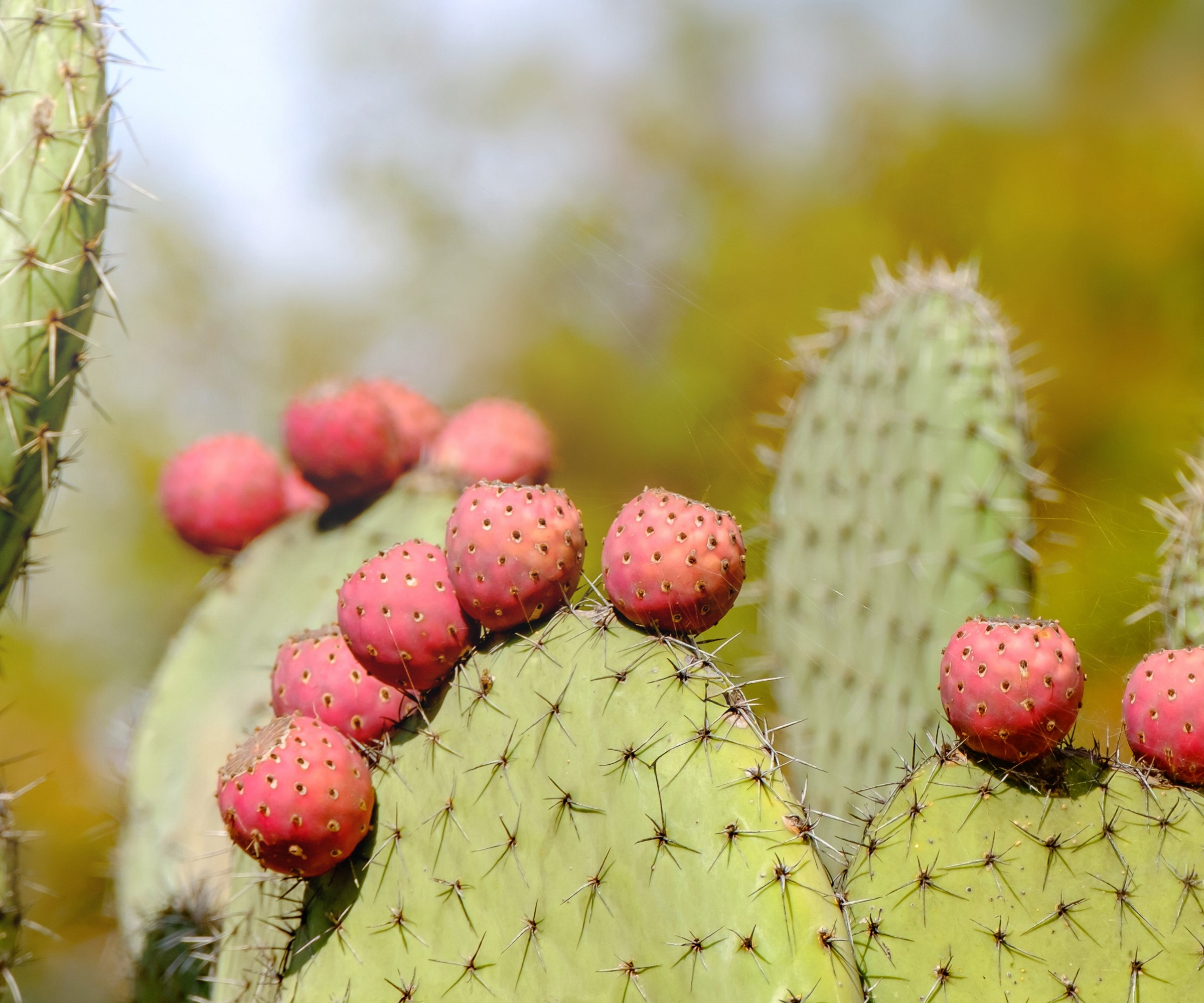
'Prickly pears are remarkably tough,' says plant expert, Katie Sunderlage. 'They can be grown from US hardiness zone 5 to US hardiness zone 9, growing as far north as Wyoming and Nebraska, and as far south as Texas and Arizona.'
Native to dry, arid environments, prickly pears can be grown in both hot and cold regions (nights in the desert can be extremely cold), proving to be one of the most resilient drought-tolerant plants. They can survive in these regions because of common cacti adaptations, whereby water is stored in thick stems, allowing the plant to go for long periods relying only on water reserves.
'As is common with cacti, prickly pears can grow very slowly,' Katie adds, 'especially if started by seed. It can take three to five years after germination to mature enough to produce blooms, so if you are in a hurry, buying live plants is a quicker option.' Prickly pear plants are available to order online from Walmart.
So, whether you are in a hot, sunny region or a cool, dry area, prickly pears can make ideal evergreen ground cover plants that will prove to be a tough addition to any yard.
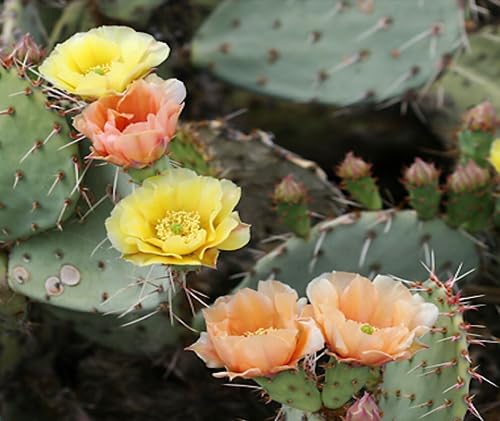
For tough, resilient plants, Opuntia engelmannii is the cactus to grow. Delivered as one small pad which will quickly establish and grow, eventually producing colorful blooms.

Operations Manager at Holland Group, managing the customer service department and purchasing. Katie has been in the green industry since 2005 in the Greater Milwaukee area, earning her degree in Horticulture in 2008. She has been able to share her love for plants working in multiple garden centers, in sales positions and most recently in an online retail platform at Holland Group.
Prickly pear grow guide

- Soil: Prickly pears can grow well in poor soils, 'thriving in dry, arid conditions,' Katie says. 'They are perfect for sandy or rocky soils and even do well in coastal areas.' Prickly pears will quickly struggle and fail if planted in waterlogged, clay-based soils. If you want to give your cacti the best chance of success, it is a good idea to incorporate some horticultural grit or cacti soil, available from Walmart, which will help to improve drainage in your pots or yard.
- Light: Like all cacti, prickly pears need a full sun position in borders and beds. 'Prickly pears need to be planted in full sun to thrive,' Katie adds, 'growing best when they receive at least 8 hours of direct sunlight.'
- Watering: As drought-tolerant plants, 'prickly pears require very little water,' Katie adds. 'They are often used in desert climates and xeriscape landscapes. Rainwater is often enough for cacti to survive but if conditions are extremely dry, watering can be done just to moisten the soil at the base of the plant. Importantly, do not overwater, as constantly damp soil can lead to rotting.'
- Fertilizing: Prickly pear plants rarely require feeding. In their native habitat, they can survive in nutrient-poor soils without any mulch or supplementary fertilizing. However, if you are growing in pots, it can be a good idea to apply fertilizer, as the plant can quickly use up nutrients in container soil. Use an organic cactus and succulent fertilizer, available from Amazon.
- Pruning: 'Pruning a prickly pear isn’t really necessary,' Katie says. 'The only time pruning needs to be done is to help tame them or keep their shape. I would suggest pruning them in early spring or in fall before the temperatures drop. Always use gloves to avoid the spines and use a sharp knife to remove the paddles.'
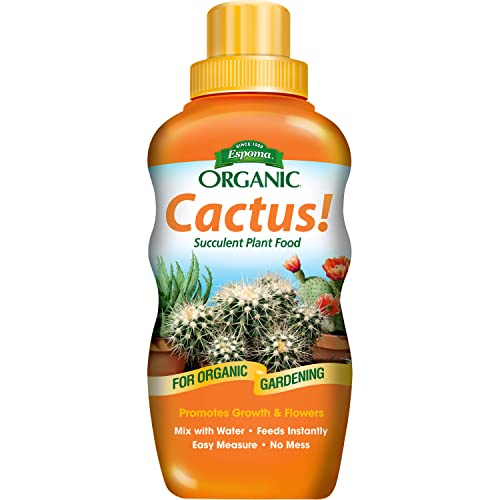
This organic liquid fertilizer is deal for any cacti and succulents growing indoors or outdoors, providing essential nutrients to ensure that your plants thrive.
FAQs
Are all prickly pears edible?
Indigenous American peoples have harvested cacti for centuries, utilizing them as a food source. Most prickly pear species are edible, but it is always best to check online which variety you are growing and the best time to harvest. Cacti pads are best harvested and eaten when young, and the fruits, named 'tunas' will vary in sweetness depending on the species you grow.
Why is my prickly pear not flowering?
Prickly pears can take several years before they are mature enough to flower and produce fruit, so often patience is required when growing these cacti. If your plants are mature but they are not blooming, it might be because they are in the wrong position. Remember that prickly pears require plenty of sunshine and dry soil to thrive. They do not tend to require fertilizer to flower, so hold off feeding your plants unless you garden in a particularly free-draining, nutrient-poor soil.
How do you harvest the prickly pear fruits?
Harvest prickly pears in late summer, when the berry-like fruits (tunas) have turned deep pink in color. Darker colors indicate that the fruits are sweet and ready to pick. Using kitchen tongs is a good idea to gently loosen and remove the fruits, avoiding any damage from the sharp spines, and placing the fruits carefully in a basket.
As with most cacti, prickly pears are typically covered in small hair-like spines, that can cause significant damage, so always approach with caution when planted in your yard.
If you are gardening with children or you have pets, consider growing prickly pears over a garden wall or terrace, where they are impossible to reach, or perhaps opt for a spineless variety, such as Opuntia ellisiana, which is available to order from Amazon.
Taking a closer look at your plant, you might realise you have a Christmas cactus not a prickly pear.
Sign up to the Homes & Gardens newsletter
Design expertise in your inbox – from inspiring decorating ideas and beautiful celebrity homes to practical gardening advice and shopping round-ups.

Thomas is a Content Editor within the Gardens Team at Homes and Gardens. He has worked as a professional gardener for both public spaces and private estates, specializing in productive gardening, growing food and flowers. Trained in Horticulture at the Garden Museum, he has written on gardening and garden history for various publications, including The English Garden, Gardens Illustrated, Hortus, The London Gardener and Bloom. He has co-authored a Lonely Planet travel book, The Tree Atlas, due out in 2024.
-
 This simple marble hack elevates my budget-friendly wooden kitchen countertops and prevents the dreaded water damage for way less than you’d think
This simple marble hack elevates my budget-friendly wooden kitchen countertops and prevents the dreaded water damage for way less than you’d thinkThis design trick looks expensive, solves a problem, and was the easiest decision I made during my kitchen reno
By Charlotte Olby Published
-
 Emily Blunt gifted Cillian Murphy this $545 pillow – she's 'obsessed' with these luxury pillows, and frankly, so are we
Emily Blunt gifted Cillian Murphy this $545 pillow – she's 'obsessed' with these luxury pillows, and frankly, so are weThe Oppenheimer stars sleep on this ultra-luxe goose down pillow – here's why we love it – plus our affordable alternatives from $35
By Sophie Edwards Published